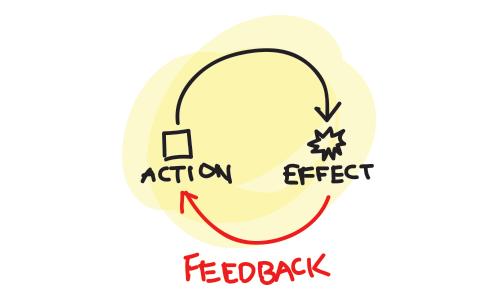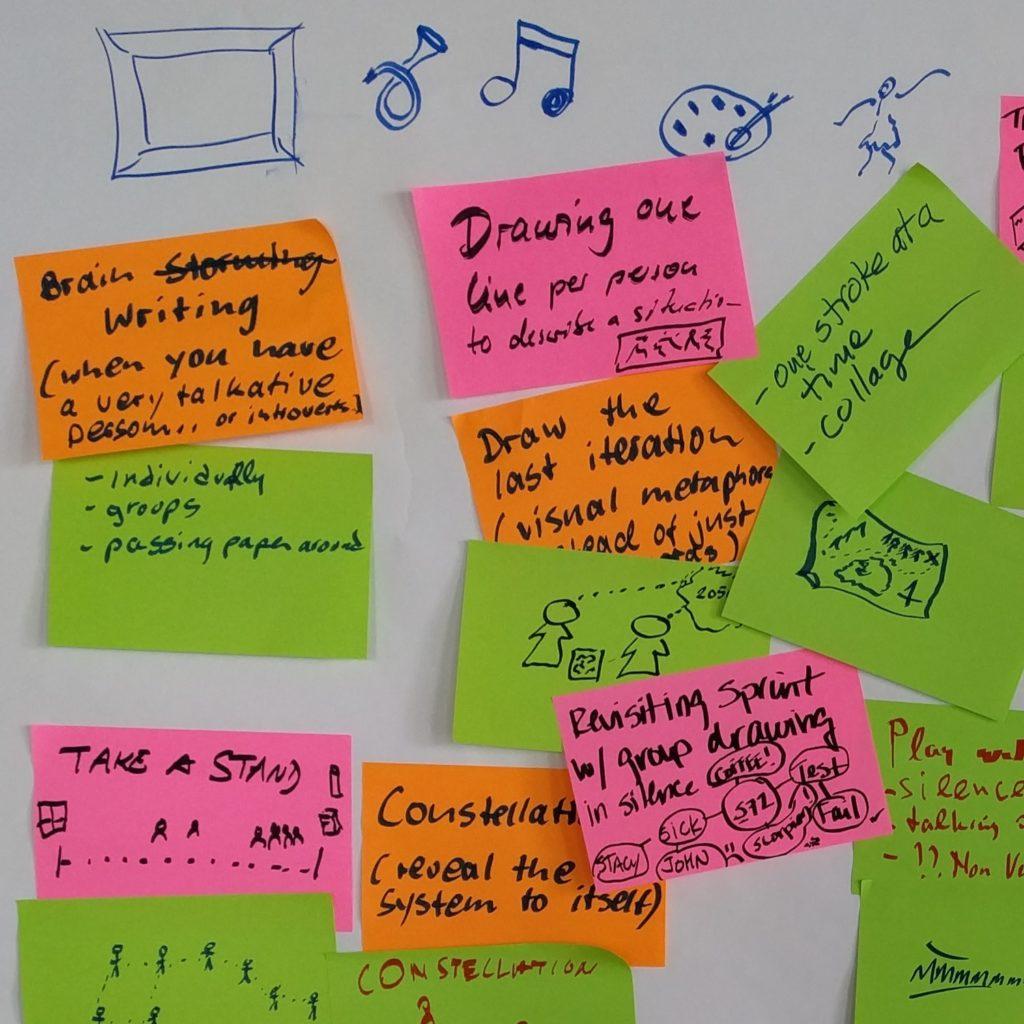Engineers and the Feedback Loop

Introduction: Feedback as a Survival Tool in Engineering
Let’s be honest—feedback isn’t just a checkbox on your annual review form. In engineering, it’s closer to a survival tool. I’ve seen too many teams treat feedback as a formality, something handed down from on high, then promptly forgotten. But in the teams that truly thrive, feedback is a living, breathing part of the workflow—woven into daily routines, not stashed away for special occasions.
If you’ve worked in high-velocity environments, you know that technical skills will only get you so far. What separates the engineers who level up fast from those who plateau? It’s the willingness to treat every piece of input—no matter how small—as a chance to grow. In my experience, the best engineers close the feedback loop quickly and with purpose.
A framework I keep coming back to is the ‘continuous improvement loop’ you’ll see in DevOps and Agile. Those short, iterative cycles of work and reflection aren’t just for process geeks—they’re proof that feedback works best when it’s regular and expected, not a surprise event.
Feedback loops are essential in engineering—not just for improvement, but for catching warning signs before they become failures. Crisis Management in Projects
So how do you actually make feedback part of your culture? And how can any engineer—not just managers—become a catalyst for better communication and collective growth? Let’s dig into what really makes the engineering feedback loop tick.
The Power of Closing the Engineering Feedback Loop
To really appreciate feedback loops, let’s pin down what they are. A feedback loop is a cyclical process where information about the output of a system is reintroduced into that system to influence future actions. For engineers, this means observations—whether from code reviews, user reports, or retrospectives—aren’t just noted and forgotten. They’re fed back into ongoing work so learning happens in real time.
Picture it like a GPS for your team. Real-time directions keep you from getting hopelessly lost; timely feedback steers you before small hiccups become major detours. I can’t count the times I’ve seen a quick comment in a pull request prevent days (or weeks) of rework down the road.
When teams get good at closing these loops, things start to click. Problems are spotted sooner. Assumptions get challenged before they calcify into habits. And learning shifts from being something that happens in review season to something that happens all year long. Importantly, this isn’t just for seasoned pros—anyone can jump in if they’re willing to ask for (and act on) input.
At its core, an engineering feedback loop isn’t just a process—it’s a mindset shift. It’s seeing every code review or teammate suggestion as an invitation to grow. The faster and more openly we close these loops, the greater our collective impact becomes.

From Vague Comments to Breakthroughs: A Personal Story
If you’ve ever received ambiguous feedback—the kind that just says “feels clunky”—you know how frustrating it can be. I’ve been there. Early in my career, I shipped a feature I was proud of. Users started reporting confusion almost immediately. Then came the dreaded comment from the product manager: “Feels clunky.”
My gut reaction? Defend my work. After all, nothing was technically broken! But I paused and decided to lean in instead of brushing it off. I asked for more detail, more context.
That conversation changed everything. By seeking to understand (not just respond), I uncovered blind spots about user flows and assumptions I didn’t know I was making. The next iteration didn’t just fix the feature; it changed how I approached every design decision afterward. Most importantly, it nudged me from defensiveness toward curiosity—one of those lessons that sticks with you.
I’ve seen this pattern play out with engineers at every level: initial resistance gives way to discovery when we choose curiosity over ego. The ‘Ladder of Inference’ model helps here—it encourages us to pause, ask clarifying questions, and look for evidence before reacting or making changes.
My advice? Don’t dismiss vague or uncomfortable feedback as noise. Ask questions like “Can you show me what feels off?” or “What would a better outcome look like?” That’s where breakthroughs happen—not just in our code, but in how we approach our craft.
If you're looking to improve the quality and clarity of your own conversations, learning engaged listening builds trust and leads to more meaningful conversations, which can turn even ambiguous comments into actionable insight.
Practical Strategies for Tightening Your Team’s Feedback Loop
Embedding effective feedback into your team’s routine doesn’t happen by accident—it takes deliberate effort and a few proven strategies:
-
Ask Early and Often
Don’t wait until your code is picture-perfect or your feature is about to ship. Bring teammates in when you’re 60% done—early enough for their input to really change things without triggering sunk-cost anxiety. In my experience, early feedback catches issues before they snowball into blockers.
-
Respond with Curiosity, Not Defensiveness
How you receive feedback matters just as much as what’s being said. Instead of leading with “I disagree,” try “Tell me more.” Treat every comment as data—not an indictment of your abilities. This openness invites honesty and gets to root causes much faster.
-
Give Feedback You’d Want to Receive
Precise, respectful, outcome-focused—that’s what separates useful feedback from drive-by comments. Focus on what works, what doesn’t, and why it matters. The more specific you are about impact (not just intent), the more valuable your input will be.
-
Normalize Feedback at Every Level
Feedback isn’t just top-down or bottom-up—peer-to-peer is where some of the most honest insights surface. Use both async (written) and live (real-time) channels so everyone can contribute, no matter their schedule or seniority.
One method I love is ‘Start-Stop-Continue’ retrospectives: regularly ask what the team should start doing, stop doing, and keep doing. It’s simple but powerful—and ensures feedback is actionable instead of abstract.
If you're aiming to master giving effective feedback up, down, and sideways in your organization—not just within your immediate circle—explore these feedback strategies for managers, peers, and reports to ensure clarity and confidence at every level.

Making Feedback Part of Engineering Culture
Tightening your team’s feedback loop isn’t just about individual habits—it’s about building collective muscle memory. The strongest teams make feedback part of their daily rhythm: open standups where obstacles are aired candidly; code reviews focused on learning (not blame); retrospectives that celebrate wins and dissect misses.
Engineering work is full of invisible effort: decisions made late at night, tradeoffs only one person understood, code paths nobody else has seen. Feedback surfaces these hidden contributions and brings them into view. When teammates share their thought processes openly and invite input, alignment deepens—and trust follows.
Look at companies like Google: regular peer code reviews and open post-mortems are standard practice there. These rituals do more than improve code—they foster an environment where learning from mistakes is valued over finger-pointing.
Over time, these rituals turn feedback from something people dread into something they look forward to—a chance to learn and connect. I’ve watched even senior engineers grow by modeling vulnerability during reviews or retrospectives. As everyone learns to give and receive feedback with care and clarity, the whole team moves faster—and stronger—together.
If you're ready to strengthen your culture even further, consider these five essential steps for building a culture of feedback that boosts trust and growth within your engineering team.
Becoming the Catalyst: How Any Engineer Can Lead the Feedback Loop
You don’t need a fancy title or formal authority to champion better feedback on your team.
Start small but be intentional. If your group isn’t used to early input, take the first step—ask for thoughts when your work is still rough around the edges. When you get vague comments, respond with curiosity instead of shutting down.
Give peer-to-peer feedback regularly—not just pats on the back but real suggestions aimed at outcomes. Share your own stories when things go sideways or when you learned something tough; show that vulnerability isn’t weakness—it’s how teams build trust.
Advocate for rituals that make feedback routine: suggest quick check-ins after big launches; propose regular retrospectives even when things seem smooth; offer to facilitate discussions that shine light on invisible work.
For engineers looking for more actionable ways to identify their own challenges around giving and receiving input, this guide on identifying your biggest feedback challenge offers practical first steps for unlocking team growth.
Here’s my nudge: Every time you ask a question or share an observation—even if it feels small—you’re helping set the tone for your team’s culture, no matter your role or tenure.
Ultimately, engineering excellence isn’t just about shipping fast or cutting defects (though those matter). It’s about creating environments where continuous learning thrives—where every engineer feels empowered to seek out and close their own feedback loops for personal and collective growth.
So next time you get that comment—vague or specific—pause before reacting. Lean in with curiosity. You might just unlock your next breakthrough—and help your whole team level up along the way.